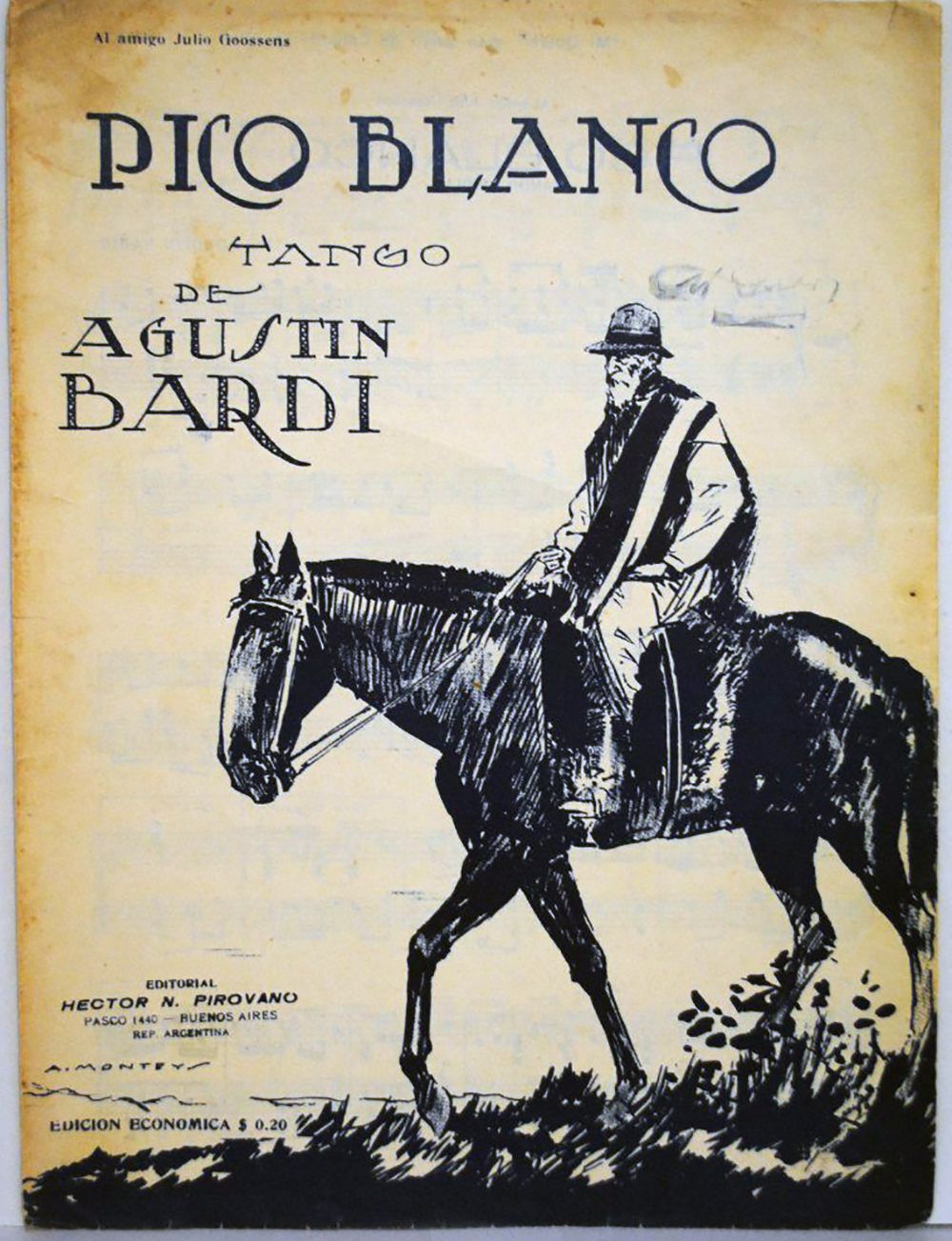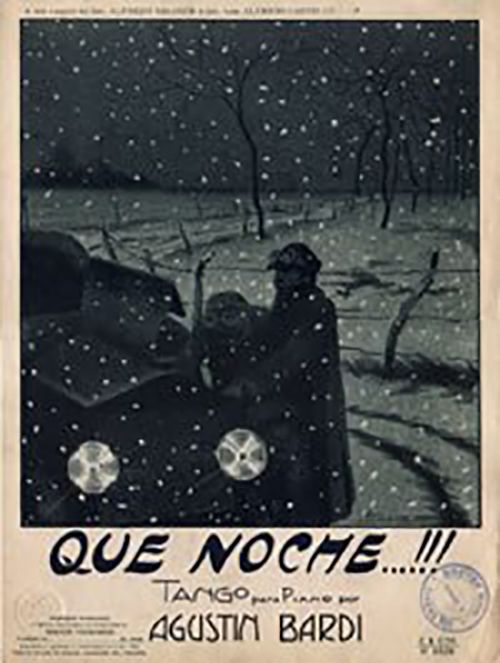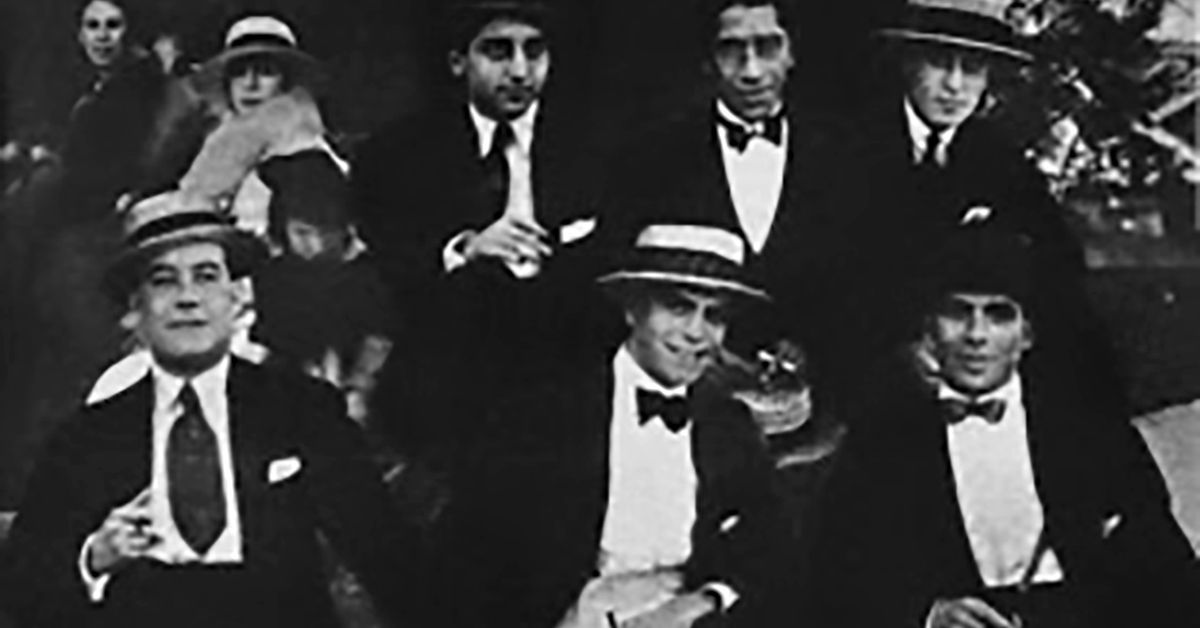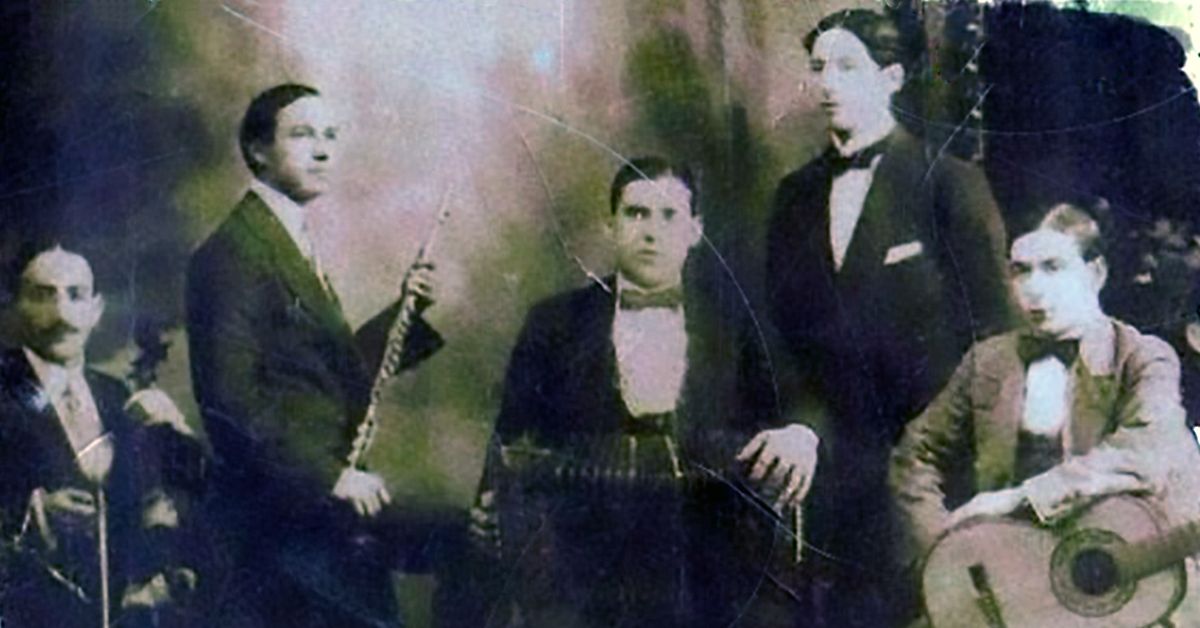“Pico blanco” by Juan D’Arienzo y su Orquesta Típica, 1939.
“Pico blanco” by Juan D’Arienzo y su Orquesta Típica, 1939.

Agustín Bardi
Violinist, pianist and composer (13 August 1884 – 21 April 1941)
Bardi’s compositions were ahead of his time.
Like Eduardo Arolas’s compositions, they had to wait for the arrival of more trained interpreters, in the mid 1920s, to present all the splendor of their beauty.
According to Luis Adolfo Sierra, a recognized Tango historian, Agustín Bardi’s compositions contain “clarity in the concept of sound elaboration, balance in the melodic drawing of always pure and direct phrases, some sumptuousness in the firmness of the harmonic structure, and a refined good taste, they are in general the salient attractions that emerge in the entire work of this talented composer”.
Listen and buy:
-
Amazon music
-
iTunes music
-
Spotify
More Argentine Tango music selected for you:
We have lots more music and history








